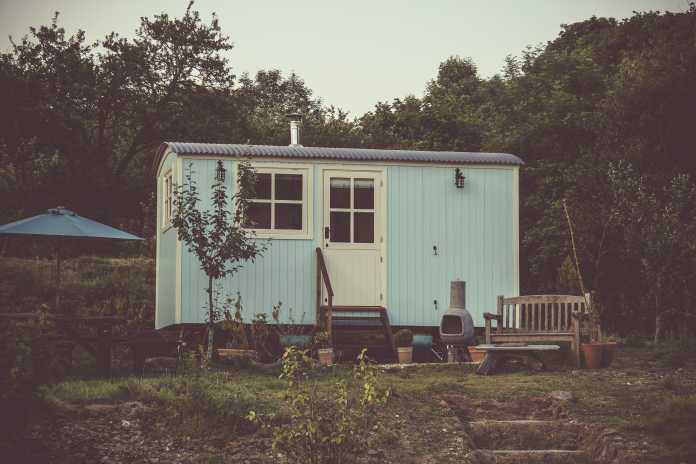In many developing nations such as ours, we have always seen largeness as a quality to aspire for. Big cars, homes and lives are symbolic of success and ultimately a fuller, happier life. But what if the secret to a happier life is an emptier life?
There is a movement afoot that argues that tinier is better. In New Zealand, Australia, Canada and the United States, a large ‘tiny home’ community is flourishing. The tiny home dwellers are a group of people that believe minimalism is the key to not only a happier life, but also a happier planet.
So, what is a tiny home?
Unfortunately, a studio apartment in Manhattan or Malad does not count as a tiny home, even if it may be truly petite.
The idea of a tiny home is to condense all the elements of a normal home into the basic essentials. A tiny home retains all the essential qualities of a home, such as a kitchen, bedroom, lounge area and even a washroom, all while eliminating excess space.
Tiny homes are usually mobile, cost-effective and above all else share a strong sense of communal living. Friends and colleagues come together to build these homes.
Old trailers, school buses and even train carriages are being reimagined as fully functional homes. Trailer parks have always been associated with poverty, but tiny homes are actually a way to avoid poverty.
Who lives in tiny homes anyway?
Young people, students and new families that want to own their homes without the mortgage payments are opting to build tiny homes for themselves. In countries like Australia, New Zealand and the States, mortgage is a big burden on many people.
Here in India, too many people have to take out loans to buy their homes. Building a tiny home can help young people become homeowners without being in debt for most of their adult life. As Indians, we are thrifty people. We adapt fast and can coexist in small spaces. Tiny homes might just be the tool we need to empower economically impoverished communities in our midst.
Most people will exhaust their life savings on a two-bedroom home in a major city, so against this economic structure, a tiny home may actually be a viable solution to explore.
Many older people across the globe are also looking at tiny homes as an alternative to old age homes and other retirement communities.
Hold on, In India aren’t we living in tiny homes anyway?
In developing nations like India, tiny homes can be a great way to actually bring people out of poverty. Just like tiny homes, most slums are built with salvaged materials anyway, but tiny homes are environmentally mindful making them safe and self-sufficient. With a little technical resourcefulness, tiny homes can be a much better alternative to rickety SRA structures and tin huts.
In the land available outside of major cities, entire communities can be built using the tiny home movement as an example. Recycled materials, solar-powered electricity and a strong sense of agriculture-based living can really help scores of people access a better quality of life.
There are many people documenting and propagating the tiny home movement and the benefits of the same. A lot of tiny home residents choose to live in locations where they can participate in producing their own food and electricity to be more self-sufficient.
In major Indian metropolitan cities like Mumbai, homes are few and far between, and almost everyone lives in apartments. If we could successfully re-develop the land outside the city, and the acres of land consumed by slums; we can create communities where the homes are safer and less prone to damage.
We see scores of antennas and stolen cables veining through shops and slums all across the city, and all it takes is for one short circuit to create an urban jungle fire. This is a dangerous set up for people and the environment.
A major aspect of tiny home living is the ability to be off the grid. Solar panels and rainwater harvesting are major components of the tiny home life. Since our geographical positioning allows us access to rainwater and sunshine in abundance, there is no reason we can’t be utilizing these resources to create better homes for our fellow citizens.
An impressive number of appliances can function on solar power and by initiating the tiny home culture in our city we can actually allow more people the access to electricity while also addressing the problem of stolen cable and power.
Many trends start like a storm in the west and with time blow their way over to us here in the east. In Japan, many people have already started to participate in this movement. By the time this movement finds its way to India it is safe to assume that it will be a boon to many people currently grappling with finances. Every person deserves a quality living, and tiny homes might just be the way to create that quality of life for more people.





























